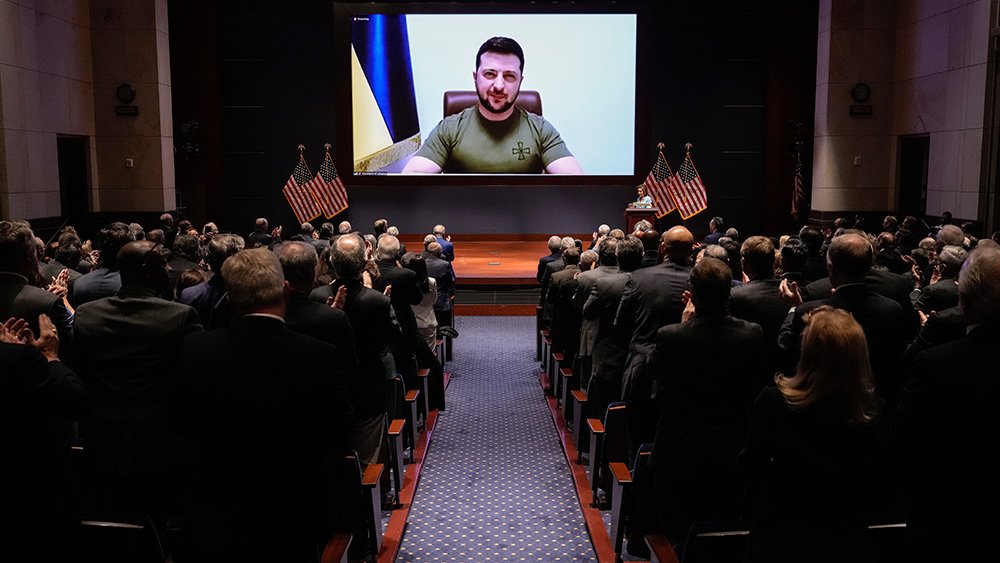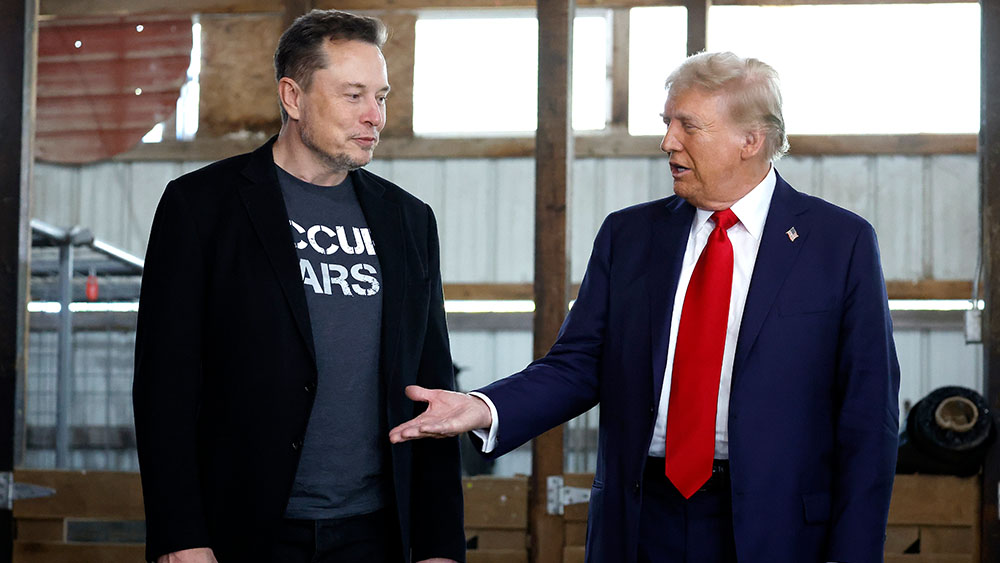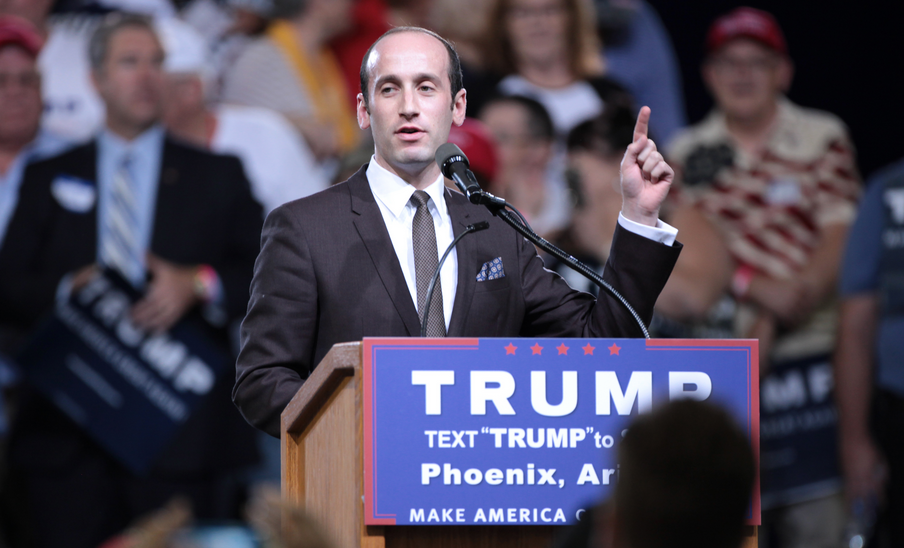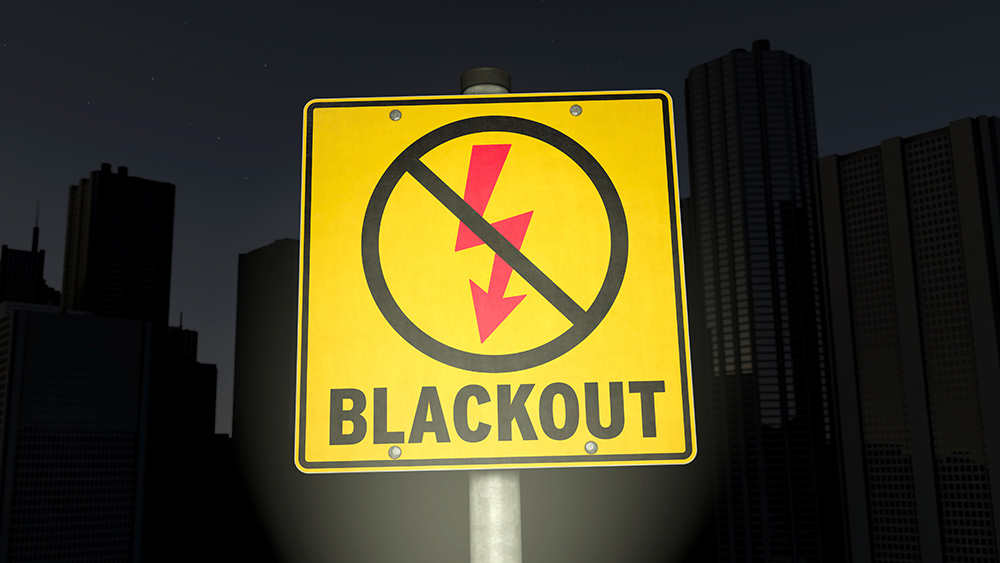Hamas agrees to release hostages as planned, easing ceasefire tensions
By isabelle // 2025-02-14
Tweet
Share
Copy
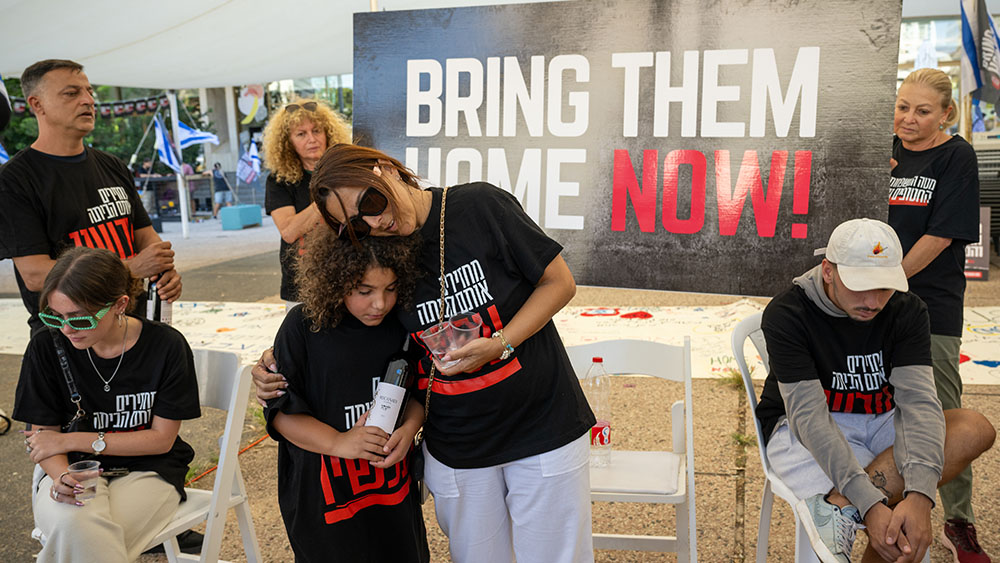
- Hamas claims it will release three Israeli hostages on Saturday, easing tensions that threatened to reignite the Gaza war.
- U.S. President Trump and Israeli PM Netanyahu pressured Hamas, warning of resumed hostilities if the deadline wasn’t met.
- Hamas initially delayed the release, accusing Israel of violating the ceasefire by blocking aid, but reversed course after mediation by Egypt and Qatar.
- The ceasefire remains fragile, with Israel ready to resume military operations and Trump proposing controversial resettlement plans for Palestinians.
- The hostage release is a critical step, but long-term peace hinges on unresolved negotiations and humanitarian aid delivery.
A delicate ceasefire hangs in the balance
Hamas had initially backtracked on its commitment to release the hostages, accusing Israel of violating the ceasefire agreement by failing to allow sufficient aid, including tents, medical supplies, and fuel, into Gaza. The militant group’s spokesperson, Abu Obeida, had declared earlier this week that the release would be postponed “until the occupation commits to and provides compensation for the entitlements of the past weeks retroactively.” However, after mediation efforts by Egypt and Qatar, Hamas reversed course. “Hamas confirms its continued position to implement the deal according to what was signed, which includes exchanging prisoners according to the specified timetable,” the group said in a statement, adding that mediators had pledged to “remove all hurdles” to the agreement. This development has temporarily averted a crisis, but the ceasefire remains on shaky ground.Trump and Netanyahu’s ultimatum
President Trump and Prime Minister Netanyahu played pivotal roles in pressuring Hamas to comply with the agreement. Trump, who has taken credit for brokering the ceasefire, issued a stark warning earlier this week: “If all hostages are not released by Saturday at 12 o’clock, cancel it and … let hell break out.” Netanyahu echoed this sentiment, vowing to resume military operations if Hamas failed to meet the deadline. The Israeli government’s readiness to return to war has drawn criticism from human rights advocates, who argue that Israel is exploiting the hostage situation to justify further violence. Despite the tensions, there is cautious optimism that the ceasefire will hold — at least for now. The release of the hostages is a critical step toward maintaining the truce, but significant challenges remain. The first phase of the ceasefire is set to conclude in early March, and negotiations over the second phase—which would involve the release of dozens more hostages in exchange for an end to the war—have yet to begin. Trump’s controversial proposal to resettle Gaza’s Palestinian population in other countries has further complicated the situation. While Israel has welcomed the idea, it has been vehemently rejected by Palestinians and Arab nations, who view it as a violation of international law. For now, the focus remains on the immediate release of the hostages and the delivery of much-needed aid to Gaza. The decision by Hamas to release the hostages as planned is a critical step toward preserving the fragile ceasefire in Gaza. While the move has temporarily averted a return to war, Israel’s aggressive stance and Trump’s controversial proposals cast a long shadow over the prospects for peace. Sources for this article include: FoxNews.com APNews.com CNN.comTweet
Share
Copy
Tagged Under:
Donald Trump World War III national security Israel White House big government Hamas chaos hostages ceasefire progress Gaza Netanyahu Israel-Hamas war Holy War
You Might Also Like
I Want My Bailout Money – new song and music video released by Mike Adams
By Mike Adams // Share
Israeli outrage as Hamas misidentifies hostage remains, jeopardizing fragile truce
By Cassie B. // Share
Recent News
Earth-like soil patterns on Mars reveal clues to the planet’s climate history
By willowt // Share
Virologist who endorsed HCQ for COVID-19 appointed to top pandemic post at HHS
By ramontomeydw // Share


